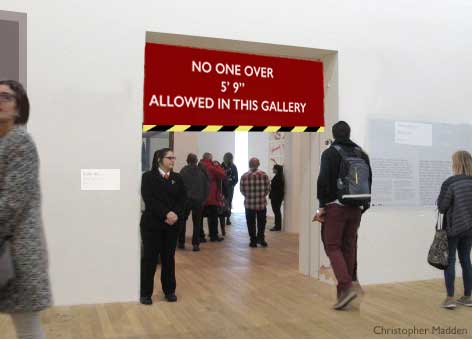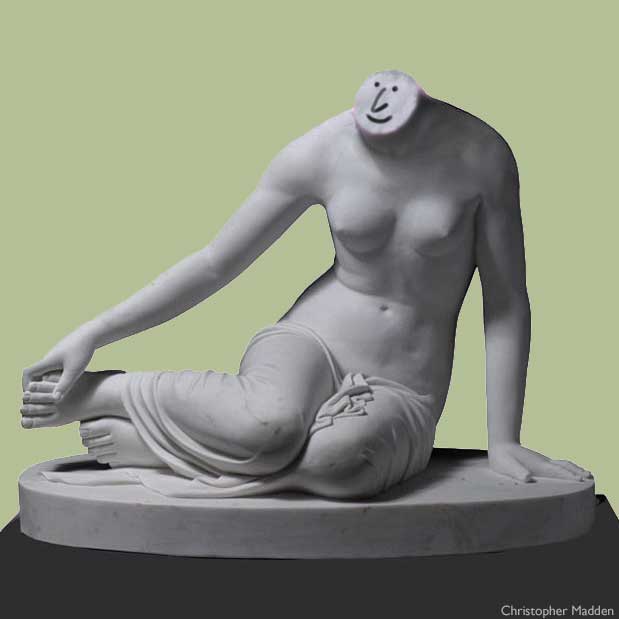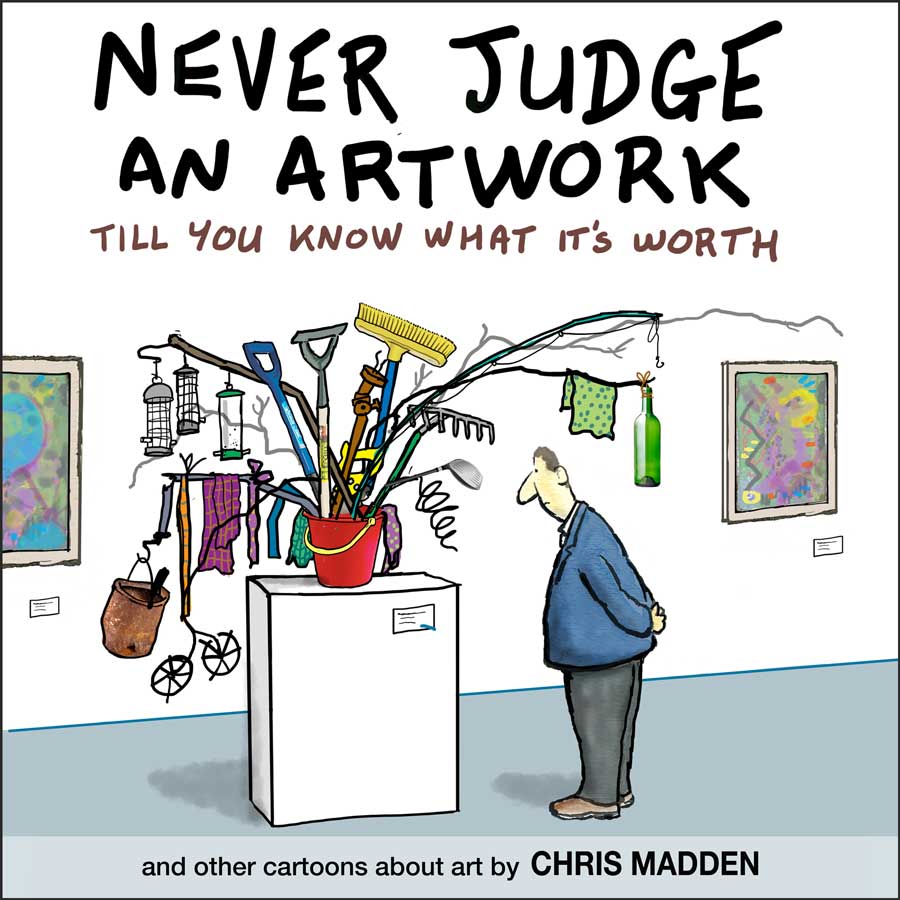In the history of modern art and contemporary art a noticable number of practitioners started their careers working in areas of commercial art such as graphic design and illustration. They had to earn a living after all.
Pop artist Andy Warhol is probably the most well known, but he’s joined by others such as Philip Guston, Ed Ruscha and Edward Hopper.
Some artists started out by trying their hand drawing cartoons. Philip Guston enrolled in a correspondence course from the Cleveland School of Cartooning.
A lot of artists tend to take themselves very seriously, so drawing funny cartoons isn’t necessarily the best fit for them.
If you look at the cartoons in Punch magazine from around the year 1900 and you compare them to the style of cartoons drawn today you’ll notice how good the draughtsmanship was in the earlier cartoons, but also how unfunny they often are (at least to us in the twenty-first century). That of course may be partly a symptom of humour not aging well, but it could also be partly that in those early Punch cartoons the cartoons were drawn by artists of high technical skill but with low senses of humour, while today it’s more likely that cartoons are drawn by people with high senses of humour but low technical skills.

The contemporary art world is generally a very serious place, in which the deeper meanings of art are to be prized and where works are scrutinised for evidence of profound political, social and psychological insights in every brushstroke or choice of colour.
In the world of contemporary art seriousness prevails, however, at the same time serious issues (currently dominated by identity politics) are tackled in a totally different way within the genre of comedy, especially stand-up, where the main purveyors such as Ricky Gervais can earn a fortune from a single Netflix special.

Cartoons are often dismissed as being trivial and unworthy of serious consideration. I would strongly disagree with this, being a cartoonist myself (See the book below). The same criticism can be applied to all disciplines of creative endeavour after all.
